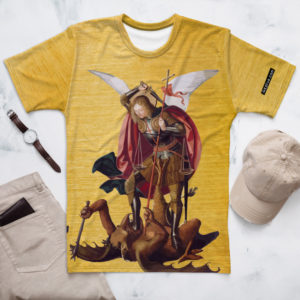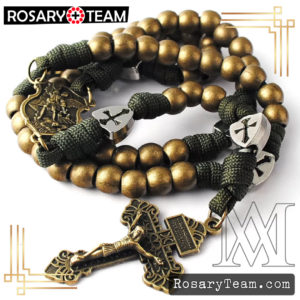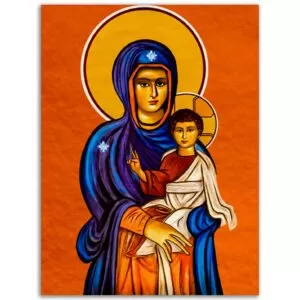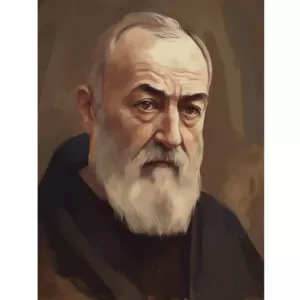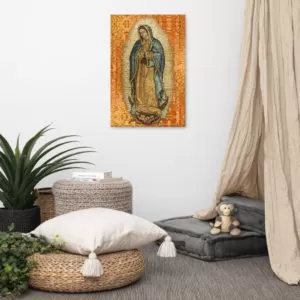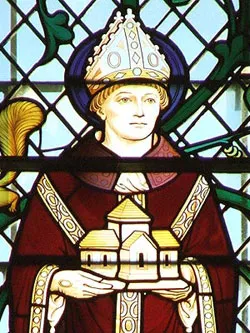SAINT PHILIP, APOSTLE

SAINT PHILIP, APOSTLE
Saint Philip was of Bethsaida, in Galilee, and called by our Saviour to follow him the day after Saint Peter and Saint Andrew. He was at that time a married man and had several daughters. Philip had no sooner discovered the Messias, than he was desirous to make his friend
Nathanael a sharer in his happiness. Philip desired him to come himself to Jesus, not doubting that upon his personal acquaintance with the Son of God, he would be as much convinced of the truth as he was himself. Nathanael complied and Jesus seeing him approach said within his hearing, “Behold an Israelite indeed, in whom there is no guile.” Nathanael asked him how he came to know him. Jesus replied that before Philip called thee when thou wast under the fig-tree I saw thee. Nathanael calling to mind that the closeness of his retirement on that occasion was such that no human creature could see him. The marriage at Cana of Galilee happening three days afterwards and Saint Philip was present at it with the rest. When Jesus was about to feed five thousand persons who had followed him into the wilderness. Forgreater evidence of the miracle and for the trial of this apostle’s faith Jesus proposed to him the difficulty of feeding the multitudes in that desolate place.
Our Saviour immediately after his last supper promised them a more clear and perfect knowledge of his heavenly Father. Saint Philip cried out, with a holy eagerness and impatience, “Lord, show us the Father, and it sufficeth us”. From which words our Saviour took occasion to inculcate afresh a steady belief of his divinity and perfect equality with the Father, saying, “So long a time have I been with you, and have you not known me?” If you beheld me with the eyes of faith such as I really am, in seeing me you would see the Father also, because I am in the Father, and the Father is in me.
Saint Philip must have lived to a very advanced age. It appears, from a passage of Polyerates, quoted by Eusebius that he was buried at Hierapolis, in Phrygia. An arm of Saint Philip was brought from Constantinople to Florence, in 1204.
His body is said to be in the church of SS. Philip and James, in Rome, which was dedicated to God under their name, in 560. The emperor Theodosius in a vision received from Saint John the
Evangelist and Saint Philip the assurance of victory over the tyrant Eugenius the morning before the battle in 394.
The Orientals keep his festival on the 14th of November; the Latins on the 1st of May, with Saint James.
rosary.team


